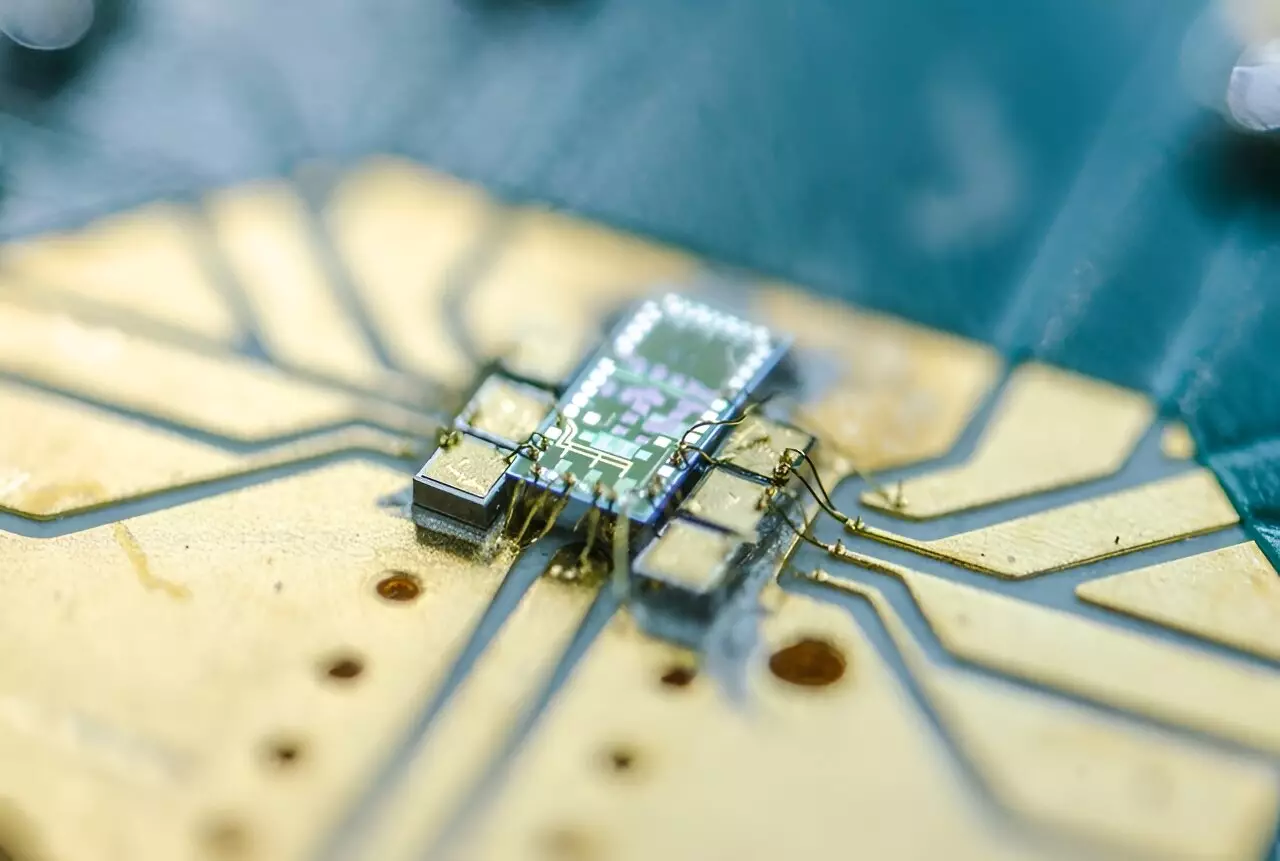In a recent study conducted by researchers at the University of Bristol, a significant advancement in quantum technology has been achieved. The integration of the world’s smallest quantum light detector onto a silicon chip marks a crucial step towards harnessing the power of quantum technologies using light. The paper, titled “A Bi-CMOS electronic photonic integrated circuit quantum light detector,” was published in Science Advances, highlighting the innovative development.
The integration of a quantum light detector, smaller than a human hair, onto a silicon chip opens up a realm of possibilities for the future of quantum computing and communication. This achievement brings us closer to realizing the next generation of advanced information technologies, as high-performance electronics and photonics become more scalable and accessible. By making quantum technologies compatible with existing commercial facilities, researchers aim to streamline the production of high-performance quantum hardware necessary for quantum computing machines.
The quantum light detector showcased in the study occupies a mere 80 micrometers by 220 micrometers on the silicon chip. This compact size allows for high speed, crucial for achieving rapid quantum communications and enabling the operation of optical quantum computers. Known as homodyne detectors, these quantum light detectors have a wide range of applications in quantum optics, quantum communications, sensors, and even gravitational wave detectors. The successful integration of the detector onto a chip demonstrates its potential for various technologies, such as sensing and communication systems.
By linking a photonics chip with an electronics chip, the researchers were able to increase the speed of the quantum light detectors substantially. With the latest single electronic-photonic integrated chip, the team achieved a tenfold speed enhancement and a fiftyfold reduction in footprint size. Despite their small size and high speed, these detectors maintain exceptional sensitivity to quantum noise, a crucial factor in measuring quantum states accurately. Dr. Giacomo Ferranti emphasizes the importance of maintaining sensitivity while increasing speed in quantum light detectors to ensure the reliability of quantum measurements.
Looking ahead, the researchers acknowledge the need for further improvements in efficiency and the exploration of diverse applications for the quantum light detector. Integrating disruptive quantum technology hardware onto chips remains a promising avenue for future research. Professor Jonathan Matthews underscores the importance of scalable fabrication methods for quantum technology and emphasizes the collaborative effort required to overcome the challenges in implementing quantum technologies on a larger scale.
The groundbreaking integration of a quantum light detector onto a silicon chip represents a significant milestone in the field of quantum technology. With the potential for high-speed quantum communications, advanced quantum computing, and sensitive optical sensors, this development paves the way for a new era of innovation and discovery in the realm of quantum technologies.



Leave a Reply